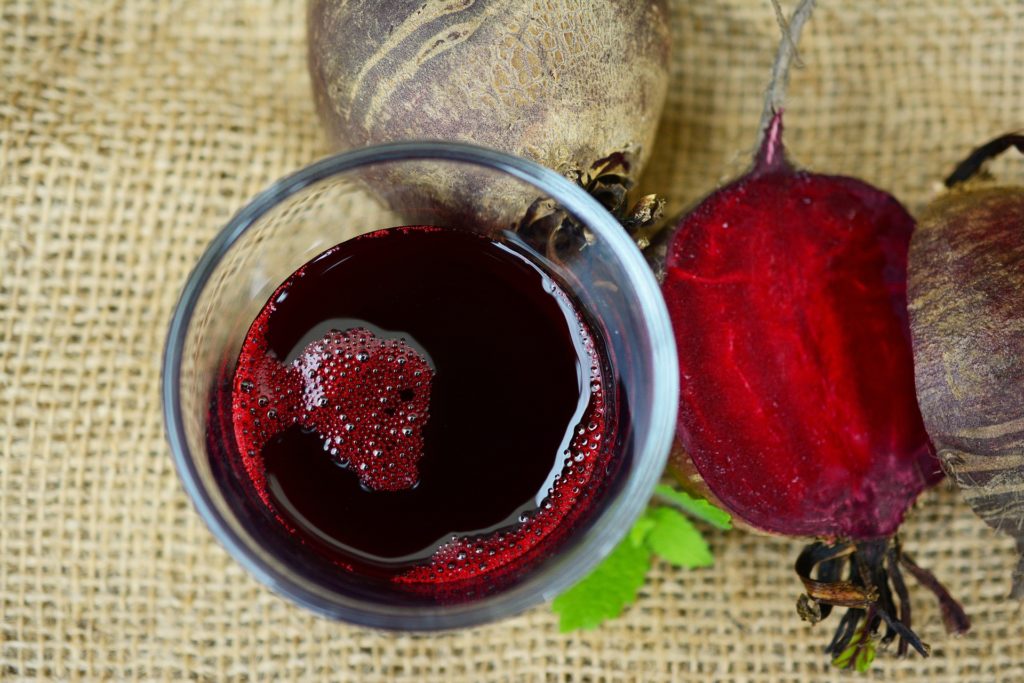High Blood Pressure: Signs, Risks and Natural Ways to Support Healthy Levels
By Lucy Sugars, Nutritional Therapist
Could your blood pressure be higher than you realise?
High blood pressure (also called hypertension) often develops silently — yet it’s one of the biggest risk factors for heart attacks, strokes, kidney disease and even dementia. According to the British Heart Foundation, an estimated 7 million people in the UK are living with undiagnosed high blood pressure.
What Is Blood Pressure — and What’s Considered ‘High’?
Blood pressure is the force of your blood pushing against the walls of your arteries. It’s measured in millimetres of mercury (mmHg) and expressed as two numbers:
Systolic (top number): the pressure when your heart beats
Diastolic (bottom number): the pressure when your heart rests between beats
An optimal blood pressure reading is considered to be between 90/60mmHg and 120/80mmHg.
Possible early high blood pressure readings are considered between 120/80mmHg and 140/90mmHg.
High blood pressure is defined as a reading of 140/90mmHg or higher
Low blood pressure is defined as a reading of 90/60mmHg or lower.
Many people with high blood pressure feel no different — but some experience headaches, vision changes, breathlessness, or dizziness. It’s usually picked up during routine checks.
Who’s at Risk?
Being over 45 (men) or 65 (women)
Having a family history of hypertension
Carrying extra weight
Smoking or drinking heavily
Eating too much salt or sugar
Not eating enough fruit or vegetables
High stress levels or poor sleep
Lack of physical activity
Being of African or Caribbean descent
Certain gut or kidney conditions
Medication: Pros and Pitfalls
Blood pressure-lowering medications like ACE inhibitors, beta-blockers, diuretics and calcium channel blockers are commonly prescribed — often once levels reach 140/90 mmHg. However, they can cause side effects including:
Dizziness
Fatigue
Mood changes or sleep issues
Erectile dysfunction
Headaches
Some people find themselves prescribed additional medications to counteract these effects. For many with mild to moderate high blood pressure, dietary and lifestyle changes can be a powerful first step.

Natural Ways to Support Healthy Blood Pressure
There’s strong evidence that nutritional therapy and lifestyle support can significantly improve blood pressure — sometimes to the same degree as a single medication. Here’s how:
1. Magnesium
Plays a key role in muscle relaxation, including blood vessels.
Sources: spinach, kale, seeds, nuts, dark chocolate, broccoli.
Magnesium and potassium together can significantly reduce blood pressure, especially when sodium is also moderated.
2. Potassium
Helps balance sodium and supports kidney function.
Sources: sweet potatoes, beetroot, avocados, white beans, yoghurt, halibut, squash.
3. Vitamin K2
Prevents calcium from being deposited in blood vessels.
Sources: natto, cheese, grass-fed butter, egg yolks. Vegan diets may be low in K2.
4. Vitamin D
Low levels are associated with increased blood pressure.
Get it from: safe sun exposure, supplements, or a high-dose supervised protocol.
5. Omega-3 Fatty Acids
Anti-inflammatory and shown to reduce blood pressure.
Sources: oily fish (sardines, mackerel, salmon), or omega-3 supplements.
Foods That Help Lower Blood Pressure
-
Beetroot juice – try it fresh or buy pre-made blends like Beet It
-
Blueberries – rich in antioxidants
-
Nuts – a small handful daily is ideal
-
Seaweed – sprinkle over salads or try nori wraps
-
Dark chocolate – aim for 80%+ cocoa content
-
Hibiscus tea – shown to lower blood pressure naturally, I really like this one here.
What About Salt and Sugar?
-
Salt: Aim for around 5–6g/day (about 1.5 tsp), mostly from natural sources. Reduce processed foods like ready meals, tinned soups, and packaged snacks which often contain hidden salt.
-
Sugar: Added sugar (not just salt!) raises blood pressure. Look out for hidden sugars in sauces, dressings, yoghurts, and even savoury snacks.
Example Day: A Blood Pressure–Friendly Menu
Breakfast:
Organic scrambled eggs with smoked salmon, avocado, fresh blueberries, and hibiscus tea.
Lunch:
Beetroot, feta and butternut squash salad with leafy greens, lemon and olive oil dressing. A handful of walnuts or cashews.
Dinner:
Oven-baked mackerel or salmon with lemon and ginger, sweet potato, and two green veg dressed in olive oil.
2 squares of 80%+ dark chocolate to finish.
Final Thoughts
High blood pressure doesn’t always have clear symptoms — but the risks are very real. The good news? In many cases, it can be managed naturally with the right support.
If you’ve recently had a raised reading or have a family history of hypertension, now’s the time to take action.
📩 Get in touch to book a personalised consultation — and take a proactive step toward supporting your long-term heart health. Complete my work with me form here.

